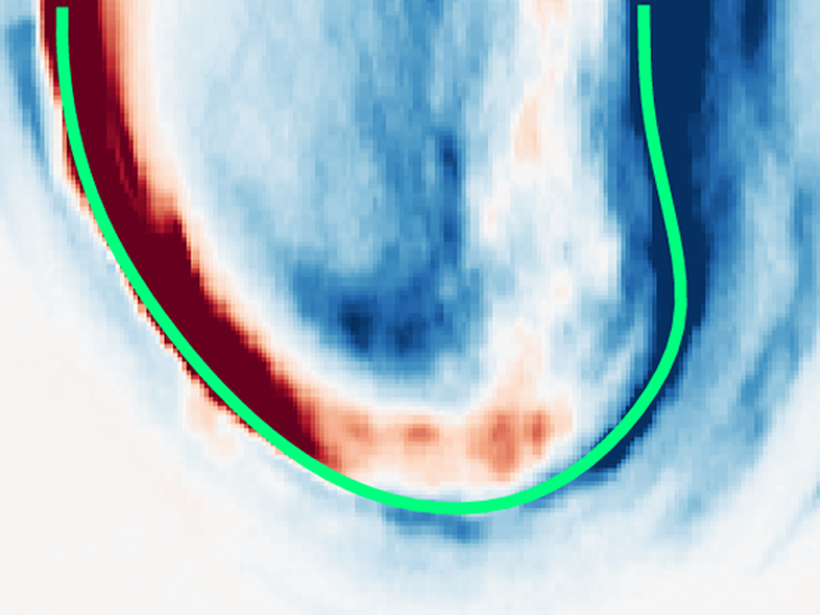Source: Journal of Geophysical Research: Space Physics
An analysis technique that is exploding across the Earth and space sciences is machine learning. Nichols et al. [2019] apply a two-step process, including machine learning algorithms, to investigate the common patterns in the auroral region of Jupiter.
First, they take a set of images from the Space Telescope Imaging Spectrograph (STIS) on the Hubble Space Telescope (HST) and used a technique called principal component analysis, which produces a set of images with auroral features. Then they use an unsupervised machine learning process called Density-Based Spatial Clustering of Applications with Noise (DBSCAN) to classify the HST/STIS images according to these patterns.
From this work, they found a recurrent auroral emission just poleward of the dawnside statistical oval, and another poleward feature that is closely linked with compressions of the Saturn magnetosphere by solar wind pressure enhancements. The clear explanations and methodology of this study could prove useful as a tutorial for others wanting to begin using machine learning techniques for space physics applications.
Citation: D., Nichols J., Kamran, A., & Milan, S. E. [2019]. Machine learning analysis of Jupiter’s far‐ultraviolet auroral morphology. Journal of Geophysical Research: Space Physics, 124. https://doi.org/10.1029/2019JA027120
—Mike Liemohn, Editor in Chief, JGR Space Physics
Text © 2019. The authors. CC BY-NC-ND 3.0
Except where otherwise noted, images are subject to copyright. Any reuse without express permission from the copyright owner is prohibited.

